The relationship between military spending and economic growth has been a subject of extensive debate among economists, policymakers, and defense analysts. As nations allocate significant portions of their budgets to defense, understanding the economic implications of these decisions becomes crucial. This article examines how the world’s largest democracy and the world’s oldest democracy—India and the United States—approach military spending and the subsequent effects on their respective economies. By analyzing defense budgets, employment impacts, technological spillovers, and strategic considerations, we aim to provide a comprehensive comparison that illuminates the complex interplay between national security imperatives and economic development.
In recent years, both countries have seen a notable increase in their defense expenditures, which has sparked discussions about the potential for these investments to stimulate economic activity. For instance, military spending can lead to job creation not only within the armed forces but also in related industries, such as manufacturing and technology. Furthermore, the advancement of military technologies often spills over into civilian applications, fostering innovation and growth in the broader economy. Understanding these dynamics is essential for evaluating how military budgets can serve dual purposes: ensuring national security while also contributing to economic prosperity.
Defense Budgets as a Percentage of GDP
Figure 1: US and India Military Spending as Percentage of GDP (2013-2023)
Over the past decade, the United States has maintained significantly higher defense spending as a percentage of GDP compared to India. While the US has allocated between 3.0% and 3.7% of its GDP to military expenditures, India’s spending has ranged from 2.1% to 2.5%. This difference reflects not only disparities in economic size but also distinct strategic priorities and threat perceptions. The US defense budget has been influenced by its global military commitments, including operations in various regions, which necessitate a robust military presence and advanced capabilities. In contrast, India’s military spending is shaped by its regional security concerns, particularly regarding its neighbors, and its need to modernize its armed forces. As both nations navigate their unique geopolitical landscapes, these spending patterns highlight the balance between national security needs and economic constraints.
United States Defense Budget Trends
The United States has consistently maintained the world’s largest defense budget in absolute terms, though its relative share of GDP has seen modest fluctuations. From 2013 to 2023, US military spending averaged approximately 3.4% of GDP. The 2023 defense budget stood at approximately $877 billion, representing about 3.2% of the nation’s GDP. This military spending reflects a slight downward trend from the 3.5% peak observed during heightened operations in Afghanistan and Iraq, raising concerns about its impact on economic growth and the potential detrimental effects on debt levels and overall economic stability.
The US defense budget is characterized by substantial investments in advanced weapons systems, global force projection capabilities, and extensive overseas military presence. Research and development funding constitutes a significant portion, with approximately $140 billion allocated to military R&D in 2023 alone—more than the entire defense budgets of most countries.
India Defense Budget Trends
India’s defense spending has remained relatively stable as a percentage of GDP, hovering around 2.4% over the past decade. The 2023 defense budget was approximately $72.9 billion, making India the third-largest military spender globally in absolute terms. However, when viewed as a percentage of GDP, India’s military expenditure remains modest compared to countries facing similar security challenges. This example of military spending highlights the complex issue of how military spending may impact economic growth. While India’s military spending is necessary for national security, it raises questions about the potential detrimental effects on economic growth and the overall debt situation in the country.
A significant portion of India’s defense budget is allocated to personnel costs, with salaries and pensions consuming nearly half of the total allocation. This leaves limited fiscal space for modernization efforts and capital acquisitions. The “Make in India” initiative has increasingly influenced budget allocations, with growing emphasis on domestic defense manufacturing and reduced dependence on imports.
Figure 2: Military Spending and Economic Growth Correlation (2013-2023)
Access Comprehensive Defense Budget Data
Download our detailed dataset containing 10-year historical data on US and India defense budgets, including breakdowns by service branches, procurement categories, and R&D allocations.
Economic Impacts of Military Spending
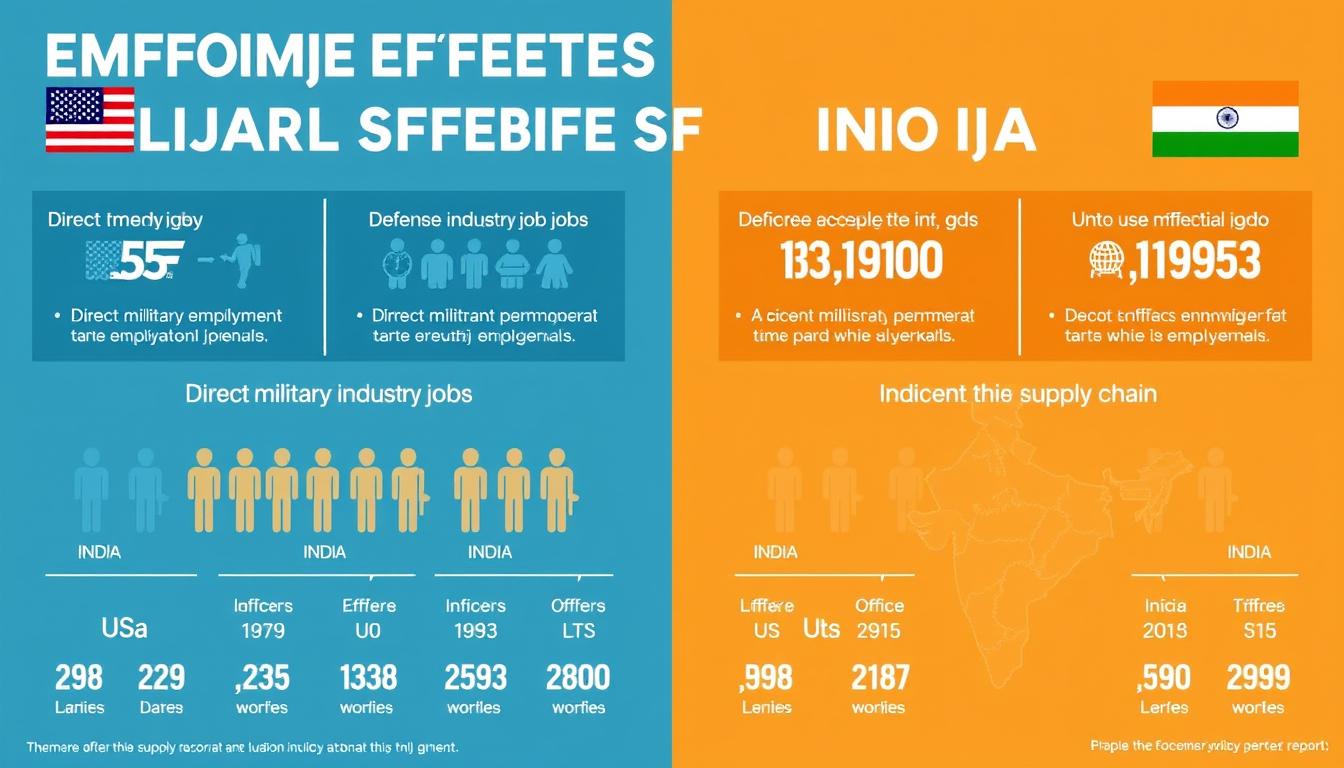
Figure 3: Employment Effects of Military Spending in the US and India
Employment Effects
Direct Military Employment
The United States maintains approximately 1.3 million active-duty military personnel and an additional 800,000 in reserve components. The Department of Defense employs roughly 750,000 civilians, making it one of the world’s largest employers. India’s armed forces include approximately 1.4 million active personnel and 1.1 million reservists, with an additional 400,000 defense civilian employees. Both countries see military service as an important pathway for social mobility and skills development.
Defense Industry Employment
The US defense industrial base directly employs approximately 2.5 million workers, concentrated in states like Virginia, California, and Texas. Major defense contractors like Lockheed Martin, Boeing, and Raytheon are significant employers. India’s defense industry employs approximately 200,000 workers directly, primarily through public sector undertakings like Hindustan Aeronautics Limited and Bharat Electronics Limited, though private sector participation is growing under recent reforms.
Regional Economic Impact
Military bases and defense manufacturing facilities create significant regional economic impacts in both countries. In the US, communities near major installations often experience lower unemployment rates and higher median incomes. In India, defense industrial corridors in Tamil Nadu and Uttar Pradesh are being developed to create manufacturing clusters and stimulate regional economic development, with projected creation of 100,000+ jobs in these regions.
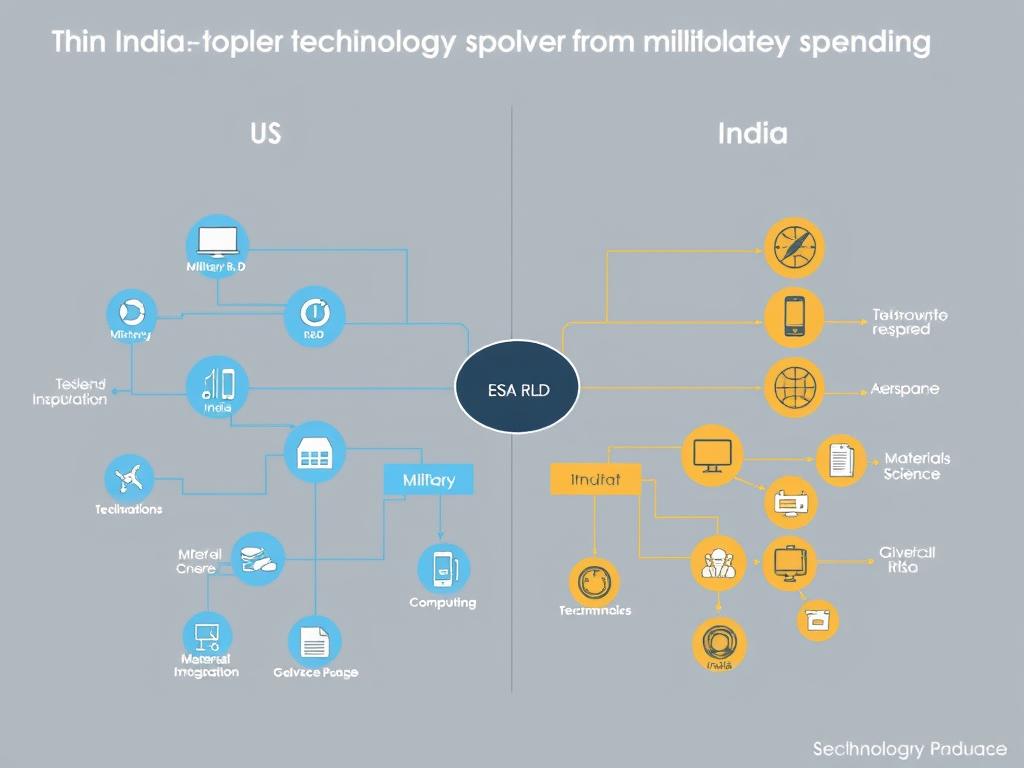
Figure 4: Technological Spillovers from Military R&D in the US and India
Technological Spillovers
United States: Innovation Leader
The United States has historically leveraged military research and development to drive civilian innovation. Technologies like the internet (ARPANET), GPS, digital photography, and advanced materials were initially developed for military applications before transforming civilian industries. The Defense Advanced Research Projects Agency (DARPA) continues to fund high-risk, high-reward research with dual-use potential.
The US defense ecosystem creates powerful innovation networks connecting military laboratories, universities, and private industry. Silicon Valley itself emerged partly from defense contracts during the Cold War. In 2023, approximately 58% of the Pentagon’s R&D budget ($81 billion) went toward technologies with significant civilian applications, including artificial intelligence, quantum computing, and advanced materials.
India: Emerging Innovation Ecosystem
India’s military technology spillovers have been more limited historically, but the landscape is changing rapidly. The Defence Research and Development Organisation (DRDO) has increasingly focused on developing technologies with dual-use applications. Notable examples include satellite communication systems, radar technologies, and computational fluid dynamics software that have found civilian applications.
The “Make in India” initiative has catalyzed greater private sector participation in defense R&D. The Innovation for Defence Excellence (iDEX) program has funded over 100 startups developing dual-use technologies. The Defence India Startup Challenge has specifically targeted innovations with both military and civilian applications, allocating approximately $40 million in 2023 to projects in areas like AI, robotics, and advanced materials.
| Economic Impact Factor | United States | India |
| Direct Employment (Military + Civilian) | 2.85 million | 2.9 million |
| Defense Industry Employment | 2.5 million | 200,000 |
| R&D Spending (2023) | $140 billion | $2.5 billion |
| Exports as % of Defense Production | ~30% | ~5% |
| Estimated GDP Multiplier Effect | 1.5-1.7x | 1.3-1.4x |
Opportunity Costs
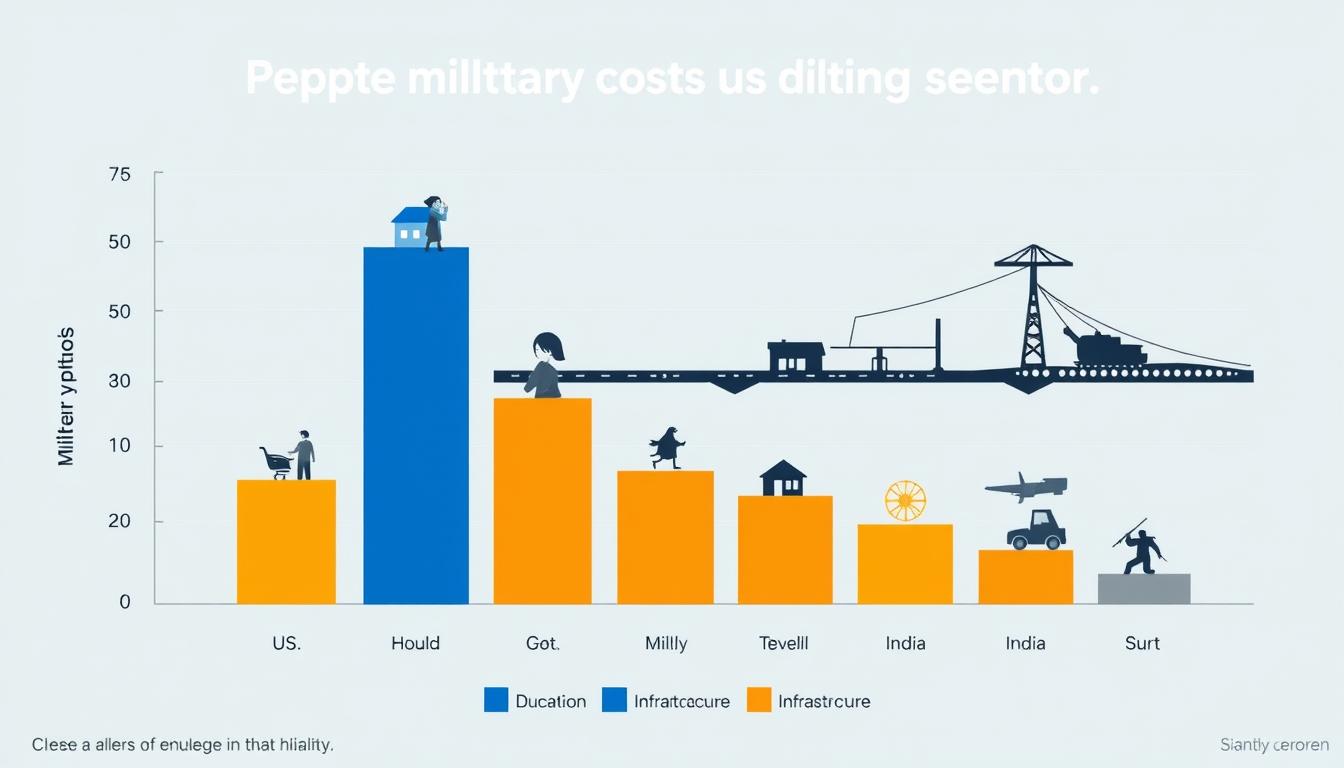
Figure 5: Opportunity Costs of Military Spending in Alternative Investments
Military spending inevitably creates opportunity costs—resources that could otherwise be allocated to education, healthcare, infrastructure, or other social priorities. In the United States, the $877 billion defense budget for 2023 represents approximately $2,650 per citizen. Economic analyses suggest that equivalent investments in infrastructure or education could potentially generate higher long-term economic returns.
Studies by the Political Economy Research Institute suggest that $1 billion in military spending creates approximately 11,200 jobs, whereas the same amount invested in clean energy, healthcare, or education would create 16,800, 17,200, or 26,700 jobs respectively. This differential impact raises questions about optimal resource allocation for economic growth.
India faces even more acute opportunity cost considerations given its development challenges. The $72.9 billion defense budget could alternatively fund significant expansions in education, healthcare, or poverty reduction programs. With approximately 230 million Indians still living below the poverty line, these trade-offs have profound social implications.
However, both countries must balance these opportunity costs against legitimate security threats. India’s border disputes with China and Pakistan, and the United States’ global security commitments, create genuine security imperatives that cannot be dismissed purely on economic grounds. The challenge lies in finding the optimal balance between security requirements and developmental priorities.
National Security Strategies Influencing Military Spending
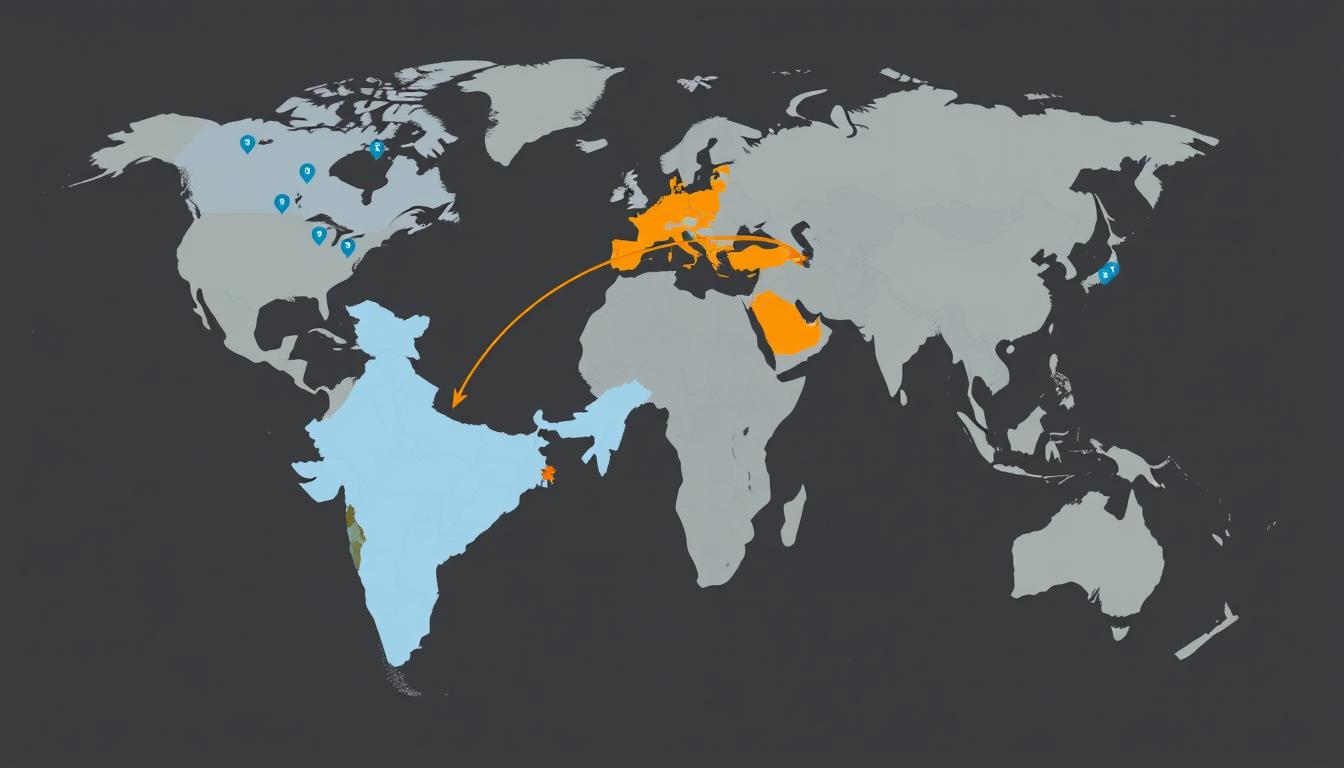
Figure 6: US Global Military Presence vs. India’s Regional Security Focus
United States: Global Power Projection
The United States maintains a defense strategy predicated on global power projection capabilities. This approach requires substantial investments in blue-water naval assets, strategic airlift capabilities, overseas basing, and advanced weapons systems. The US maintains approximately 750 military installations across 80 countries, necessitating significant logistical and operational expenditures.
US military spending is also shaped by alliance commitments, particularly NATO, which has historically expected the United States to shoulder a disproportionate share of collective defense burdens. Despite recent increases in European defense spending, the US still accounts for approximately 70% of total NATO military expenditures.
Key Strategic Priorities
- Maintaining technological superiority over near-peer competitors (China, Russia)
- Preserving freedom of navigation in critical maritime domains
- Sustaining nuclear deterrence capabilities
- Countering terrorism and violent extremism
- Developing capabilities for emerging domains (cyber, space)
India: Regional Security Focus
India’s defense strategy is primarily oriented toward regional security challenges, particularly its complex relationships with Pakistan and China. The disputed borders with both countries—the Line of Control with Pakistan and the Line of Actual Control with China—require substantial conventional force deployments. The 2020 Galwan Valley clash with China has accelerated India’s military modernization efforts.
India’s strategic posture is also influenced by its aspiration to be recognized as a leading power in the Indo-Pacific region. This has led to increased investments in naval capabilities and greater strategic cooperation with countries like the United States, Japan, and Australia through frameworks like the Quadrilateral Security Dialogue (Quad).
Key Strategic Priorities
- Maintaining conventional deterrence against Pakistan and China
- Developing credible minimum nuclear deterrence
- Enhancing maritime capabilities in the Indian Ocean Region
- Building indigenous defense manufacturing capabilities
- Countering cross-border terrorism and insurgencies
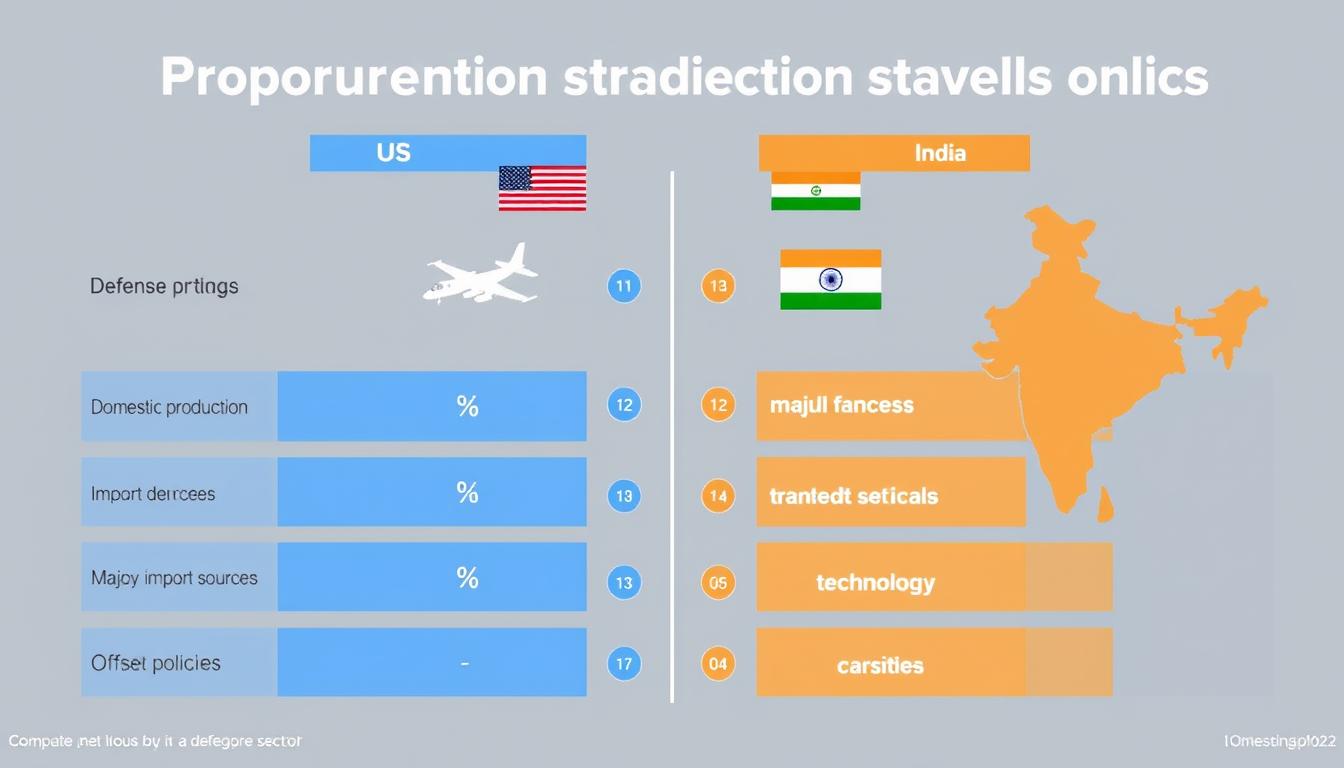
Figure 7: Procurement Strategies Comparison: US vs. India
Indigenous Manufacturing vs. Imports
The United States possesses the world’s most comprehensive defense industrial base, with domestic manufacturers capable of producing virtually all major weapons systems. Approximately 85% of US military equipment is produced domestically, though global supply chains remain important for components and raw materials. The “Buy American” provisions in defense procurement have been strengthened in recent years, reflecting both security and economic considerations.
The US defense industrial base is dominated by a small number of prime contractors (Lockheed Martin, Boeing, Raytheon, General Dynamics, Northrop Grumman), raising concerns about competition and innovation. Defense acquisition reform has been a perennial challenge, with cost overruns and schedule delays affecting major programs like the F-35 Joint Strike Fighter.
India remains heavily dependent on imported defense equipment, with approximately 60% of major systems sourced from abroad. Russia has historically been India’s largest arms supplier, though recent years have seen increased diversification toward US, French, and Israeli systems. The “Make in India” initiative aims to reverse this dependency, with a target of 70% indigenous content in defense platforms by 2030.
India has implemented increasingly stringent offset requirements, mandating that foreign vendors reinvest a portion of contract values in the Indian defense sector. The Defence Acquisition Procedure 2020 created new procurement categories prioritizing indigenous design and manufacturing. Strategic Partnership models aim to develop private sector defense manufacturing capabilities through technology transfer arrangements with foreign OEMs.
Comparative Analysis: Key Differences and Similarities
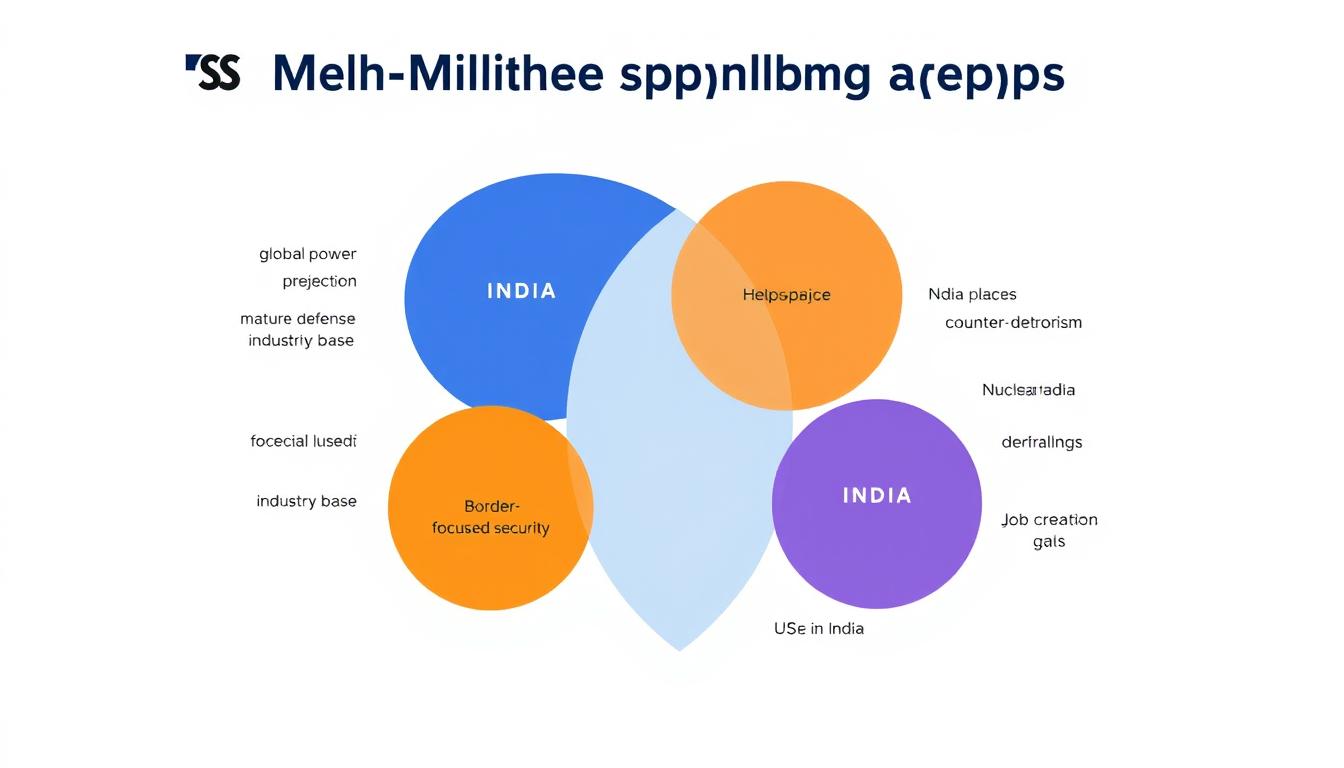
Figure 8: Comparative Analysis of US and India Military Spending Approaches
Strengths of US Approach
- Robust innovation ecosystem generating significant technological spillovers
- Comprehensive industrial base capable of producing advanced systems
- Ability to project power globally to protect interests
- Strong public-private partnerships in defense R&D
- Significant export potential generating economic returns
Challenges of US Approach
- High absolute costs creating fiscal pressures
- Acquisition inefficiencies and cost overruns
- Potential opportunity costs for domestic priorities
- Risk of technological overreach on unproven systems
- Political challenges in sustaining long-term commitments
Strengths of India Approach
- Focus on self-reliance building domestic industrial capacity
- Targeted investments addressing specific regional threats
- Lower absolute costs as percentage of government spending
- Potential for defense manufacturing to drive industrialization
- Strategic autonomy through diversified procurement sources
Challenges of India Approach
- Continued import dependency for advanced systems
- Limited R&D capacity constraining innovation
- Bureaucratic procurement processes delaying acquisitions
- High personnel costs limiting modernization budgets
- Challenges in attracting private sector investment
Geopolitical Context Shaping Spending Decisions
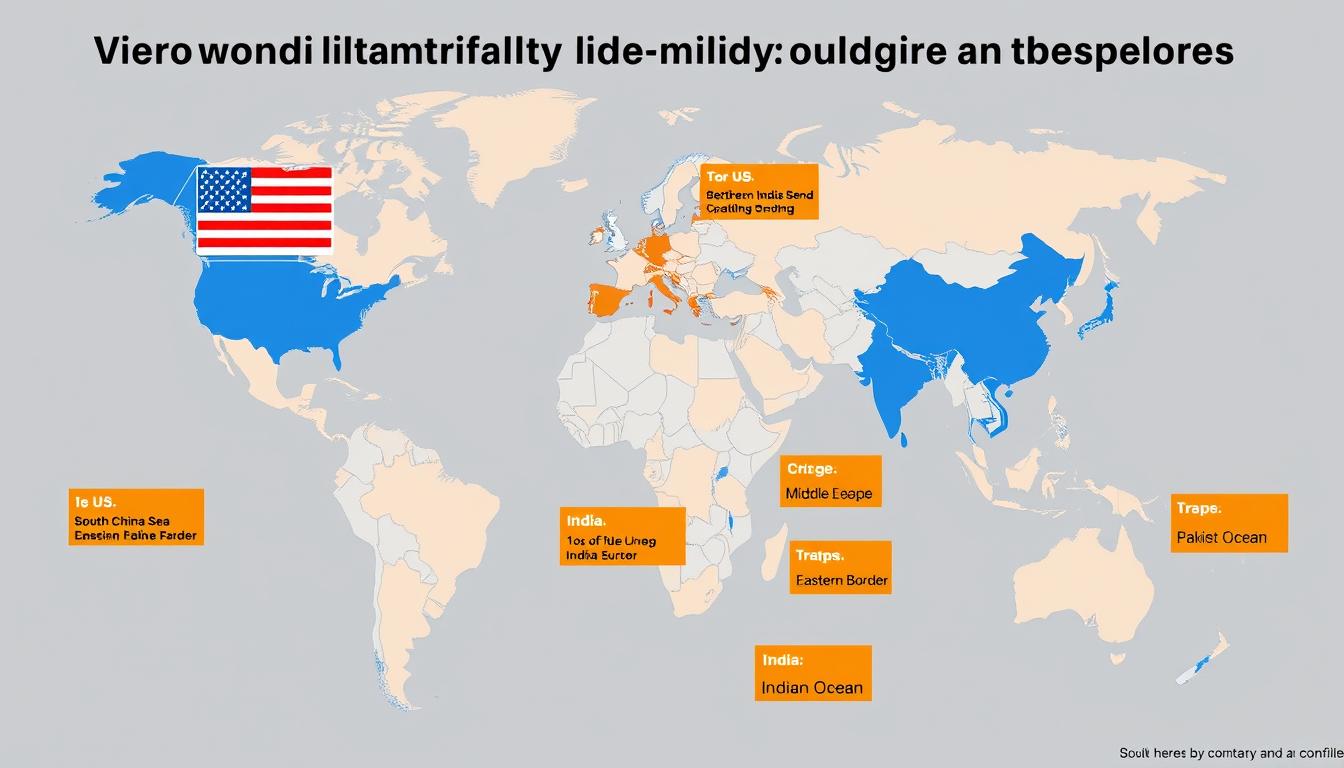
Figure 9: Geopolitical Factors Influencing Military Spending Decisions
The United States’ military spending is significantly influenced by its self-perception as the guarantor of the liberal international order. The rise of China as a peer competitor and Russia’s assertive posture in Eastern Europe have reinforced traditional security concerns. Emerging challenges in the cyber and space domains have created new imperatives for investment, while counterterrorism operations continue to require specialized capabilities.
The US defense establishment increasingly frames military spending in terms of great power competition, particularly with China. The 2022 National Defense Strategy explicitly prioritizes the China challenge, with corresponding budget allocations for Indo-Pacific-focused capabilities. This strategic reorientation has significant implications for force structure, basing, and technology investments.
India’s military spending is shaped by its unique geopolitical environment, particularly the simultaneous challenges posed by two nuclear-armed neighbors with whom it has unresolved territorial disputes. The China-India relationship has deteriorated following border clashes, while Pakistan continues to present conventional and sub-conventional threats. India’s aspiration for greater influence in the Indian Ocean Region also drives naval investments.
India’s strategic autonomy doctrine has historically led to diversified arms procurement and resistance to formal alliances. However, growing concerns about China have accelerated strategic partnerships, particularly with the United States. The Quadrilateral Security Dialogue (with the US, Japan, and Australia) represents a significant evolution in India’s strategic posture, with implications for defense spending priorities.
Implications for Policymakers

Figure 10: Balanced Approach to Military Spending and Economic Growth
Balancing Defense Needs with Economic Growth
Optimizing Resource Allocation
Policymakers in both countries face the challenge of determining the optimal level of military spending that addresses legitimate security concerns without undermining economic growth. Evidence suggests that excessive military spending can crowd out more productive investments, while insufficient spending may create security vulnerabilities that ultimately harm economic prospects.
The concept of “right-sizing” defense budgets requires sophisticated threat assessment, capability-based planning, and rigorous cost-benefit analysis. Both countries would benefit from more transparent methodologies for determining military requirements and more robust mechanisms for evaluating the economic impacts of defense investments.
Maximizing Economic Returns
Defense spending can be structured to maximize positive economic spillovers. Targeted investments in dual-use technologies, human capital development, and exportable platforms can enhance the economic returns from military expenditures. Both countries have opportunities to better align defense industrial policies with broader economic development strategies.
The US could benefit from greater emphasis on technology transfer between defense and civilian sectors, while India could accelerate the development of defense manufacturing clusters that generate agglomeration economies. Both countries should consider reforms to intellectual property regimes that facilitate appropriate technology diffusion while protecting security interests.
Sustainable Financing
The long-term sustainability of military spending depends on sound fiscal management. The United States faces growing concerns about deficit financing of defense expenditures, while India must balance military modernization with other development priorities. Innovative financing mechanisms, public-private partnerships, and more efficient procurement processes can help address these challenges.
Multi-year defense budgeting, already practiced to some extent in both countries, can enhance planning stability and potentially reduce costs through more efficient contracting. Greater emphasis on life-cycle costing would also improve long-term fiscal sustainability by accounting for maintenance and operational expenses upfront.
Areas for Bilateral Collaboration
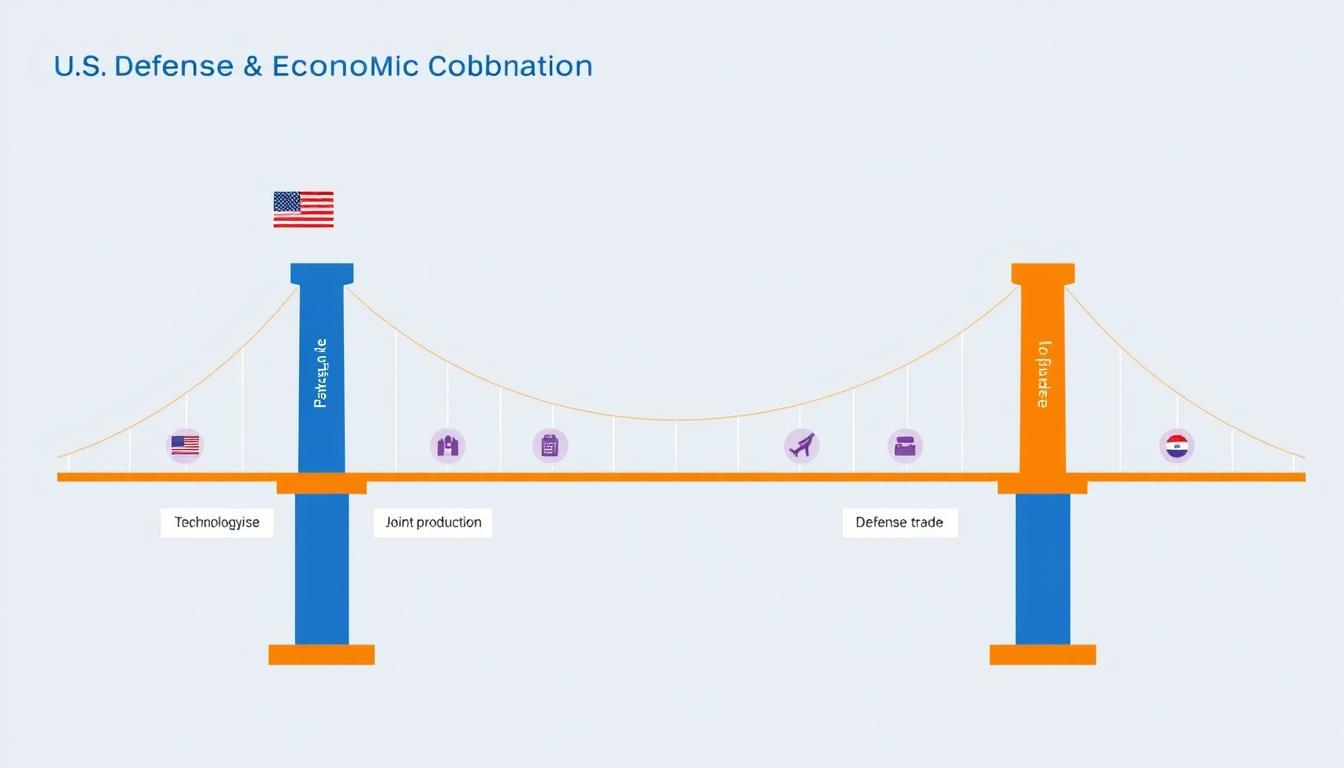
Figure 11: Potential Areas for US-India Defense and Economic Collaboration
The growing strategic convergence between the United States and India creates opportunities for mutually beneficial defense collaboration. The Defense Technology and Trade Initiative (DTTI) provides a framework for cooperative research, co-production, and technology transfer. Recent agreements like COMCASA and BECA have enhanced interoperability and information sharing.
Joint production initiatives could help address India’s indigenization goals while providing US defense firms with cost-effective manufacturing options. The potential co-development of technologies in areas like unmanned systems, artificial intelligence, and cybersecurity could leverage complementary capabilities. Enhanced defense trade could generate economic benefits for both countries while strengthening strategic alignment.
Beyond bilateral cooperation, both countries have opportunities to work with like-minded partners on burden-sharing arrangements that distribute security costs more equitably. Regional security frameworks in the Indo-Pacific could potentially reduce the need for unilateral military investments by pooling capabilities and coordinating responses to common threats.
Collaborative approaches to emerging security challenges in domains like cyber, space, and maritime security could potentially yield more cost-effective solutions than parallel unilateral investments. Joint exercises, training programs, and educational exchanges can enhance operational effectiveness while building human capital in both defense establishments.
What is the optimal level of military spending for economic growth?▶
Research suggests there is no universal optimal level, as it depends on each country’s specific security environment, economic structure, and development stage. However, studies indicate that military spending above 3-4% of GDP typically shows diminishing returns in terms of security benefits while potentially crowding out more productive investments. The relationship between military spending and economic growth is non-linear, with moderate levels potentially contributing positively through technological spillovers and human capital development, while excessive spending may create distortionary effects.
How can countries maximize positive economic spillovers from defense spending?▶
Countries can enhance economic benefits from military spending through several approaches: (1) Prioritizing dual-use technologies with civilian applications; (2) Developing robust technology transfer mechanisms between defense and civilian sectors; (3) Investing in human capital development through military training programs with civilian applications; (4) Creating defense industrial clusters that generate agglomeration economies; (5) Designing offset policies that facilitate meaningful technology transfer; and (6) Structuring defense procurement to support innovation in small and medium enterprises.
What lessons can India learn from the US defense industrial model?▶
India can draw several insights from the US experience: (1) The importance of sustained R&D investment in building technological capabilities; (2) The value of public-private partnerships in defense innovation; (3) The role of specialized defense acquisition workforce in effective procurement; (4) The benefits of competitive prototyping in major systems development; (5) The importance of intellectual property frameworks that balance innovation incentives with technology diffusion; and (6) The potential of defense export promotion in achieving economies of scale. However, India must adapt these lessons to its unique economic context rather than directly transplanting the US model.
Conclusion
The comparative analysis of military spending in the United States and India reveals both significant differences and instructive similarities. The US approach, characterized by high absolute spending levels, global power projection capabilities, and substantial R&D investments, has generated significant technological spillovers but raises questions about fiscal sustainability and opportunity costs. India’s approach, focused on regional security challenges and indigenous manufacturing development, offers potential industrialization benefits but faces challenges in technological development and import dependency.
Both countries must navigate the complex relationship between military spending and economic growth in their unique strategic contexts. The evidence suggests that defense expenditures can contribute positively to economic development when properly structured to maximize technological spillovers, human capital development, and industrial capacity. However, excessive military spending risks crowding out more productive investments and creating distortionary economic effects.
For policymakers, the key challenge lies in finding the optimal balance that addresses legitimate security concerns while supporting sustainable economic growth. This requires sophisticated threat assessment, rigorous economic analysis, and innovative approaches to defense industrial policy. As both countries face evolving security challenges and economic pressures, continued refinement of military spending strategies will be essential to achieving this delicate balance















Post Comment